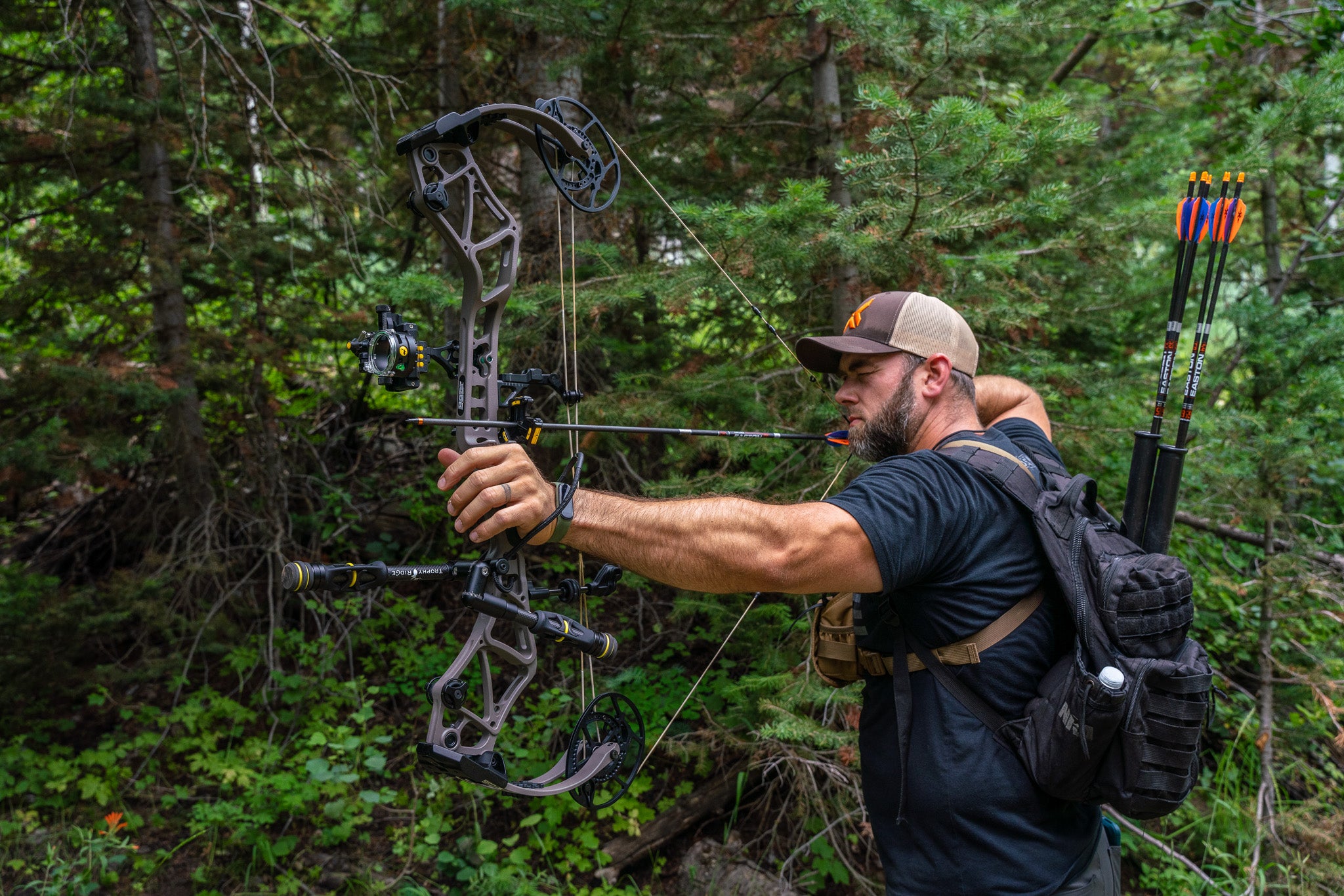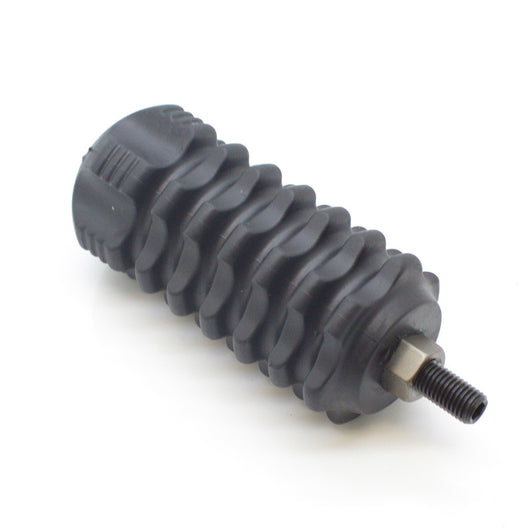The Ultimate Guide to Choosing the Right Archery Stabilizer for Enhanced Precision
Archery is a sport that requires precision and accuracy, and choosing the ideal equipment is critical for accomplishing ideal results. Amongst the numerous accessories readily available, an archery stabilizer plays a significant function in enhancing accuracy. With so several choices on the market, it can be frustrating to figure out which stabilizer is the best fit for your requirements. In this detailed guide, we will check out the essential elements to take into consideration when choosing an archery stabilizer for enhanced accuracy. From locating the optimal size to recognizing the different layouts and products, we will certainly look into whatever you need to know to make a notified choice. Whether you are a seasoned archer looking to update your tools or a beginner seeking advice, join us on this trip as we decipher the keys to picking the excellent archery stabilizer.
Length: Finding the Ideal Stabilizer Length
Establishing the suitable stabilizer length is important when selecting an archery stabilizer for ideal efficiency. A stabilizer that is as well long can make the bow feel challenging and top-heavy to manage, while a stabilizer that is also short might not give adequate stability and dampening of resonances.
A longer stabilizer, typically varying from 8 to 12 inches, can give greater stability and minimize bow torque. This is particularly advantageous for archers who shoot with a high draw weight or those who tend to torque the bow throughout the shot. The included length helps to disperse the weight equally and counterbalance any kind of torque or motion.
On the various other hand, a shorter stabilizer, typically in between 4 to 7 inches, offers extra maneuverability and quicker feedback. It is favored by archers that shoot with a reduced draw weight or those that need even more wheelchair, such as hunters or 3D shooters. The much shorter size enables easier movement with tight spaces and faster changes.
Inevitably, the optimal stabilizer size is a matter of individual choice and shooting design. It is suggested to explore various sizes and observe the impacts on security and accuracy. Consulting with knowledgeable archers or professionals can also give valuable insights and recommendations.
Weight: Figuring Out the Appropriate Stabilizer Weight
After thinking about the optimum stabilizer length, the following vital factor to consider when selecting an archery stabilizer is identifying the suitable stabilizer weight - archery stabilizer. The weight of the stabilizer plays an essential role in boosting precision and security during the shot
The weight of the stabilizer affects the balance and control of the bow. A heavier stabilizer can provide enhanced security and control, particularly for shooters with a propensity for unsteady hands or irregular shots. It assists to absorb the vibrations and recoil created by the bow, decreasing torque and minimizing the result on the arrowhead's trip.
On the other hand, a lighter stabilizer enables a quicker and a lot more receptive bow. It can be helpful for shooters who prioritize maneuverability and speed over security. Lighter stabilizers likewise decrease exhaustion throughout lengthy shooting sessions or competitions.
To identify the suitable stabilizer weight for your requirements, it is very important to consider your capturing style, physical toughness, and bow configuration. Trying out various weights and observing the impact on your capturing efficiency is vital to locating the best balance.
Inevitably, the ideal stabilizer weight will vary for every individual archer. It is recommended to start with a moderate weight and make modifications based on personal choice and capturing results. Keep in mind, the objective is to attain a controlled and steady shot, while likewise maintaining comfort and simplicity of use.
Products: Picking the Right Materials for Sturdiness and Efficiency
When picking an archery stabilizer, it is critical to carefully consider the products made use of in its building to ensure durability and enhance efficiency. The option of products can greatly impact the overall high quality and performance of the stabilizer.
One of the most commonly used materials for stabilizers is carbon fiber. Additionally, carbon fiber stabilizers are resistant to temperature modifications and are less likely to warp or bend over time.
One more prominent product for stabilizers is aluminum. Aluminum stabilizers are known for their resilience and rigidness. They offer outstanding dampening capabilities, reducing the quantity of shock and resonance moved to the shooter's hand. Aluminum stabilizers also offer a wide variety of personalization choices, permitting archers to readjust the weight and size to fit their choices.
Some stabilizers are created using a combination of products. For example, a stabilizer may have a carbon fiber core wrapped in a light weight aluminum shell. This crossbreed layout incorporates the very best top qualities of both materials, offering optimum stability, toughness, and performance.
Style: Comprehending the Different Stabilizer Layouts and Their Effects
Thinking about the materials made use of in archery stabilizers, it is necessary to now dig into the various designs of stabilizers and their corresponding effects. The layout of an archery stabilizer plays a crucial duty in improving accuracy and minimizing vibration throughout the shot. There are several different layouts readily available in the market, each with its own unique features.

An additional prominent design is the side bar stabilizer. This layout includes connecting a short pole sideways of the bow, parallel to the main long pole. Side bar stabilizers assist in reversing the weight of accessories, such as quivers or sights, and provide added security to the bow.
Some stabilizers include flexible weights. These stabilizers enable archers to fine-tune the equilibrium and feeling of their bows by adding why not try this out or eliminating weights. This feature is specifically beneficial for archers that prefer a particular weight distribution or intend to trying out various configurations.
In addition, some stabilizers integrate moistening innovation to minimize vibration and sound. These stabilizers often have built-in dampeners or utilize products that absorb resonances, causing a smoother and quieter shot.

Devices: Exploring Additional Accessories for Improved Security
To even more improve stability in archery, extra accessories can be used. These accessories are developed to operate in conjunction with the archery stabilizer to supply an also higher level of stability and accuracy. One such accessory is the V-bar or the side stabilizer mount. This accessory permits the attachment of a second stabilizer, which helps to stabilize the bow and lower torque. By dispersing the weight equally on both sides of the bow, the V-bar aids to decrease any kind of undesirable motion during the shot.
One more accessory that can enhance security is a bow sling. A bow sling is a band that affixes to the bow and enables the archer to keep an unwinded grasp on the bow handle without the fear of dropping it (archery stabilizer). This unwinded grasp aids to minimize muscle mass stress and enables a much more consistent and secure shot
In addition, a stabilizer weight system can be utilized to tweak straight from the source the equilibrium and security of the bow. These weight systems normally include tiny weights that can be added or removed from the stabilizer to readjust the balance factor of the bow. By discovering the optimum balance factor, archers can accomplish a more secure and precise shot.
Conclusion
In final thought, selecting the ideal archery stabilizer entails thinking about elements such as size, weight, products, design, and extra devices. The optimum stabilizer length and weight will depend upon private preferences and shooting style. Selecting durable products is important for durable performance. Recognizing the different stabilizer styles will certainly help boost accuracy. Checking out added accessories can additionally boost stability during archery capturing.
Figuring out the suitable stabilizer length is vital when selecting an archery stabilizer for optimal efficiency. A stabilizer that is too long can make the bow really feel top-heavy and tough to manage, while a stabilizer that is special info also brief may not offer enough stability and dampening of resonances - archery stabilizer.Taking into account the products made use of in archery stabilizers, it is crucial to now dive into the various styles of stabilizers and their respective impacts. Side bar stabilizers aid in reversing the weight of devices, such as views or quivers, and offer extra security to the bow
These weight systems usually are composed of little weights that can be included or gotten rid of from the stabilizer to change the equilibrium factor of the bow.